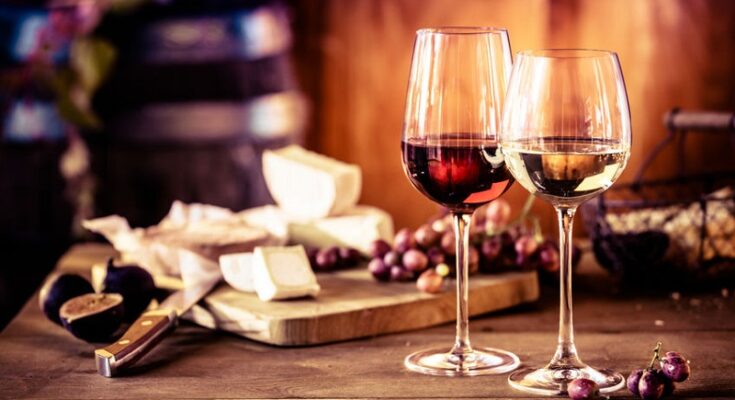So, you are considering adding a cheese platter to the menu for a gathering or a special occasion. That is a good idea because a cheese platter is an eye-catching addition and a delicious dish. However, creating the perfect cheese platter requires knowledge of cheeses and how to use them. Read on to learn everything you need to know about making the perfect cheese platter.
Factors Influencing Your Cheese Selection
Here are the essential points to keep in mind when creating a platter:
Variety is Key
A cheese platter is all about offering a diverse selection of finger foods. Variety is good, but the different cheeses must complement each other and not clash. Aim for a combination of soft and hard cheeses. Note that mild ones best complement strong flavors. This diversity can create a pleasant and unique platter if done right. You can check chef pages online for ideas for making your cheese platter.
The Rule of Three
A helpful guideline when putting together a cheese platter is to stick to a maximum of three cheese varieties. Three cheeses provide enough variety without looking overwhelming. If you opt for more cheeses, it is much easier to create a clash of flavors.
Complementary Accompaniments
A cheese platter should not only contain cheese. Of course, all that cheesy goodness is the highlight, but other finger foods can support it. Crackers, bread, fresh and dried fruits, nuts, olives, and other condiments are all great for a cheese board. These additions not only add different flavors and textures but also make the platter visually appealing. Of course, consideration must be given to how different things can add to or subtract value from the overall platter.
Top Cheeses for Your Platter
Here are a few of the standard and best-quality cheeses to add to your platter:
Brie
This is a creamy, buttery French cheese with a soft texture and a delicate flavor. It pairs wonderfully with bread, nuts, and crackers.
Cheddar
This classic English cheese has a firm texture and a sharp flavor, which enhance with age. Cheddar goes well with fresh fruit and some wine.
Goat Cheese
This cheese is mildly flavorful with a slight tang. Goat cheese makes for a fun and unique addition to a cheese platter. It goes well with mozzarella or Brie.
Gouda
This is a cow’s milk cheese known for its slightly sweet and nutty taste. It complements other cheeses excellently and is a good all-rounder, pairing well with blue cheese, bread, and fruit.
Manchego
Many experts recommend this Spanish cheese made from sheep’s milk. It is known for having a tangy and nutty taste. Furthermore, it pairs deliciously with savory or sweet condiments like olives, honey, and marmalade. It also pairs well with a sweet cheese like feta.
Bottom Line
These are just a few suggestions, highlighting only a fraction of the vast and diverse world of cheese. Feel free to explore various kinds of cheese, from popular to local cheeses from your area. Crafting a cheese platter is a delightful art that combines flavors, textures, and aesthetics. With a bit of understanding of cheeses, you can create a unique and memorable cheese platter experience for your guests.




